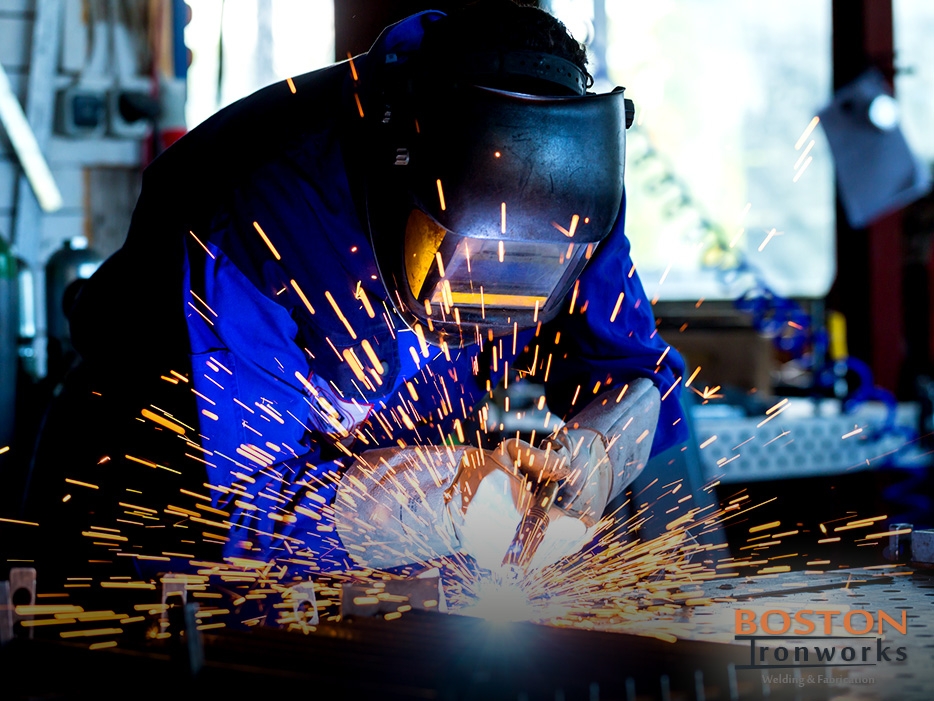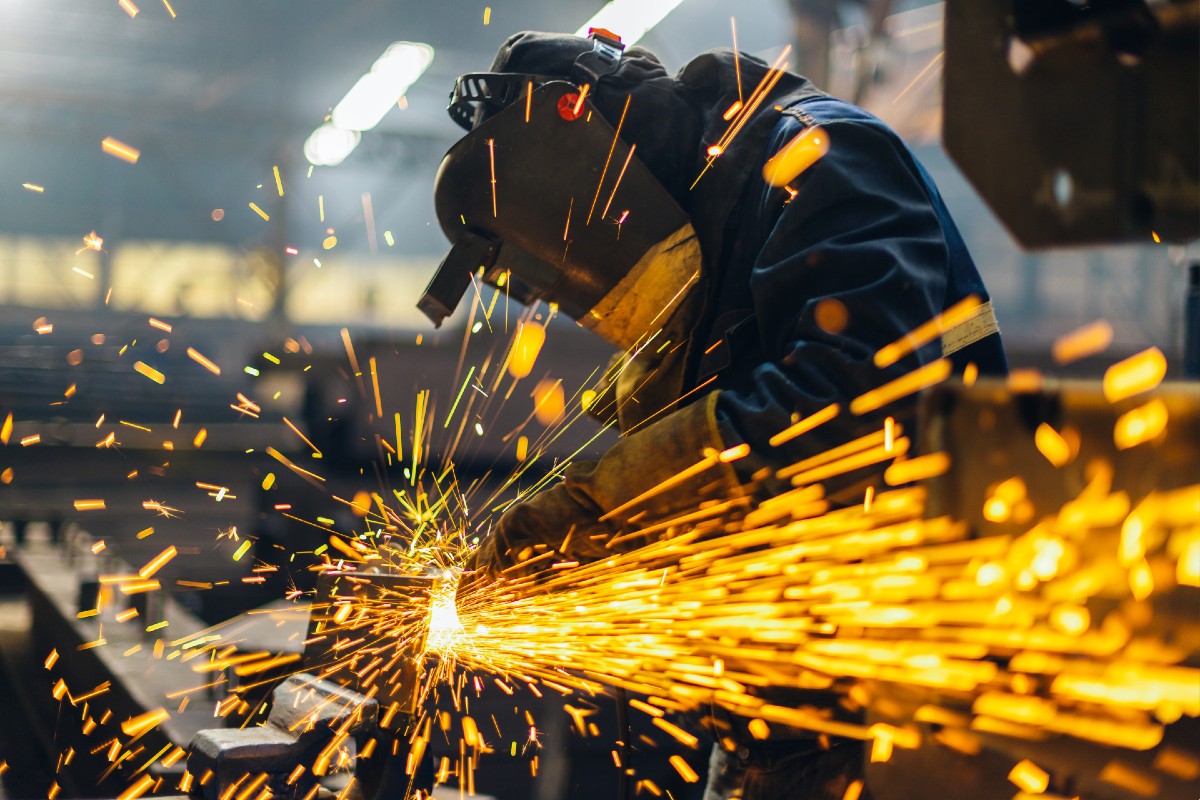Usual Welding Repair Issues and Exactly How to Address Them Properly
Welding repair work often encounter a series of problems that can endanger the integrity of the final product. Typical issues include poor infiltration, porosity, and misalignment, among others. Each issue offers unique challenges that need details methods for resolution. Comprehending these issues is important for welders intending to enhance their end results and abilities. This discussion will discover these usual welding fixing issues and efficient approaches to address them.
Inadequate Infiltration
Insufficient penetration takes place when the weld steel stops working to fully fuse with the base material, causing weak joints and prospective structural failings. This problem often stems from not enough warm input, incorrect electrode angle, or improper welding rate. Welders may come across inadequate infiltration as a result of a miscalculation of the necessary parameters for a details product density or type. Furthermore, contamination on the base material's surface area can impede effective bonding, intensifying the issue. To resolve poor infiltration, welders must ensure ideal setups on their equipment and maintain a tidy work surface area. Routine evaluation of welds is advised to recognize any deficiencies early, permitting prompt modifications and the prevention of endangered structural integrity in welded settings up.
Porosity
Porosity is a common flaw in bonded joints that shows up as tiny gas bubbles trapped within the weld steel. This problem can jeopardize the stability of the weld, bring about reduced toughness and potential failing under anxiety. Fabrication. Porosity normally emerges from contamination, dampness, or improper welding methods, which allow gases to leave into the liquified weld pool. To resolve porosity, welders ought to guarantee proper surface area prep work, maintain a clean workplace, and utilize ideal welding parameters. Additionally, choosing the right filler material and shielding gas can alleviate gas entrapment. Normal inspection and testing of welds can help recognize porosity early, guaranteeing timely corrective actions are taken, thus maintaining the quality and reliability of the welded framework
Imbalance
Imbalance in welding can develop from different factors, consisting of inappropriate setup and thermal development. Comprehending the origin is crucial for effective resolution. Several correction techniques are offered to straighten parts and assure architectural honesty.
Root causes of Imbalance
Welding misalignment typically originates from a range of underlying problems that can jeopardize structural stability. One main cause is inappropriate fit-up of parts prior to welding, which can result in gaps and irregular surface areas. Variations in thermal development throughout the welding procedure can also lead to distortion, particularly if the materials being signed up with have various coefficients of expansion. In addition, poor securing and fixturing might fall short to hold elements firmly in area, leading to motion during welding. Poorly conserved tools, including welding makers and devices, might introduce variances in the weld bead, further contributing to imbalance. Operator mistake, stemming from inadequate training or experience, can also play a considerable duty in creating misaligned welds.

Modification Methods Readily Available
Dealing with imbalance successfully needs a mix of restorative methods customized to the certain issues available. One usual method is the usage of jigs or fixtures to hold parts in the right placement throughout welding, making sure constant positioning. Additionally, preheating the products can assist decrease distortion and improve fit-up. For considerable imbalance, mechanical realignment methods, such as utilizing hydraulic jacks or clamps, can be used to remedy the setting prior to welding. Post-weld warm therapy might likewise be required to eliminate stress and anxieties brought on by imbalance. Finally, mindful examination and adjustment throughout the arrangement stage can protect against misalignment concerns from ending up being significant troubles, promoting a smoother welding process and enhancing total structural integrity.
Distortion
Distortion is an usual challenge in welding that can arise from different factors, including irregular home heating and air conditioning. Recognizing the sources of distortion is necessary for implementing effective avoidance strategies. Resolving this issue not just improves architectural integrity however also enhances the general top quality of the weld.
Root causes of Distortion
When subjected to the extreme heat of welding, products usually go through adjustments that can lead to distortion. This sensation mainly arises from thermal expansion and tightening throughout the welding process. As the weld area warms up, the material broadens; upon air conditioning, it gets, which can produce interior anxieties. Additionally, uneven home heating throughout a work surface can worsen these tensions, resulting in warping or flexing. The kind of material additionally plays a substantial function; metals with differing thermal conductivity and coefficients of growth may respond differently, leading to uncertain distortions. Poor joint style and insufficient fixturing can add to misalignment throughout welding, boosting the chance of distortion. Recognizing these reasons is crucial for reliable welding repair and prevention techniques.
Prevention Techniques
Efficient avoidance techniques for distortion during welding emphasis on managing warmth input and guaranteeing appropriate joint style. Keeping a regular warmth input aids to lessen thermal expansion and contraction, which can bring about distortion. Utilizing techniques such as preheating the workpiece can also reduce the temperature level slope, promoting consistent heating. Additionally, selecting proper joint layouts, such as T-joints or lap joints, can enhance stability and minimize stress and anxiety focus. Implementing correct fixturing to secure the work surfaces in location better aids in keeping placement during the welding process. Staggered welding sequences can disperse warmth more uniformly, stopping local distortion. By using these strategies, welders can considerably lower the likelihood of distortion and improve the general high quality of their welds.
Breaking
Fracturing is an usual concern encountered in welding fixings, usually resulting from numerous variables such as incorrect air conditioning rates, material selection, or insufficient joint preparation. The incident of read more fractures can substantially endanger the honesty of the weld, leading to possible failings throughout operation. To resolve this concern, welders need to initially evaluate the source, making sure that products are compatible and appropriately picked for the certain application. Furthermore, controlling the cooling rate throughout the welding process is crucial; fast cooling can induce anxiety and result in breaking. Appropriate joint style and preparation likewise add to lessening the danger. Executing these strategies can enhance weld quality and resilience, inevitably minimizing the possibility of splitting in finished weldments.

Incomplete Blend
A significant concern in welding repair work is insufficient blend, which takes place when the weld steel does not sufficiently bond with the base material or previous weld passes - Fabrication. This problem can bring about weaknesses in the joint, potentially jeopardizing the honesty of the bonded framework. Elements contributing to insufficient blend consist of not enough warm input, inappropriate welding method, and contamination of the surfaces being signed up with. To resolve this problem properly, welders ought to assure correct pre-weld cleansing and surface area prep work, as well as adjust their welding parameters to achieve ample infiltration and blend. Regular examination during the welding process can also help identify incomplete combination early, permitting timely corrective procedures to boost the total top quality of the weld
Overheating
While welding fixings can enhance architectural integrity, moved here overheating provides a considerable difficulty that can lead to product destruction. Extreme warmth throughout welding can change the mechanical properties of metals, leading to reduced toughness, increased brittleness, and bending. This sensation is particularly crucial in high-stress applications where structural integrity is vital. Recognizing overheating can entail aesthetic inspections for discoloration or distortion, in addition to keeping track of temperature during the welding process. To minimize the risks connected with overheating, welders ought to employ ideal strategies, such as managing heat input, changing travel rate, and utilizing appropriate filler products. Furthermore, carrying out pre- and post-weld warmth treatments can help bring back material twi welding buildings and boost the general top quality of the repair service, guaranteeing long-term performance and security.
Frequently Asked Inquiries
What Are the Common Signs of a Welding Problem?

Just How Can I Examine My Welds for Quality?
To examine welds for quality, one can use visual examinations, ultrasonic screening, and radiographic techniques. Each method ensures structural integrity, identifies defects, and validates adherence to defined criteria, inevitably improving the integrity of the welded joints.
What Security Safety Measures Should I Take While Welding?
When welding, one ought to prioritize safety and security by putting on suitable personal safety equipment, making certain correct ventilation, safeguarding flammable products away, preserving a clean work space, and knowing surroundings to stop crashes and injuries.
Can I Fix a Weld Without Redesigning the Entire Joint?
Repairing a weld without redoing the whole joint is possible, depending on the damage (Fabrication). Techniques such as grinding, including filler material, or making use of a welding process can successfully deal with details defects while maintaining the surrounding framework
What Equipment Are Important for Reliable Welding Repair Works?
Vital devices for effective welding repair work consist of a welding equipment, wire brush, mill, protective gear, clamps, and filler products. Each tool plays an important duty in guaranteeing top quality and safety during the fixing procedure. Porosity normally develops from contamination, dampness, or inappropriate welding techniques, which allow gases to get away right into the liquified weld pool. Improperly conserved devices, consisting of welding makers and devices, may present variances in the weld bead, additional adding to misalignment. When subjected to the intense warm of welding, products often undergo adjustments that can lead to distortion. Fracturing is an usual issue experienced in welding repairs, typically resulting from different aspects such as incorrect air conditioning prices, product option, or inadequate joint prep work. A significant issue in welding repairs is insufficient blend, which happens when the weld metal does not sufficiently bond with the base material or previous weld passes.
Comments on “How misalignment occurs and how Belgrade Fabrication handles it”